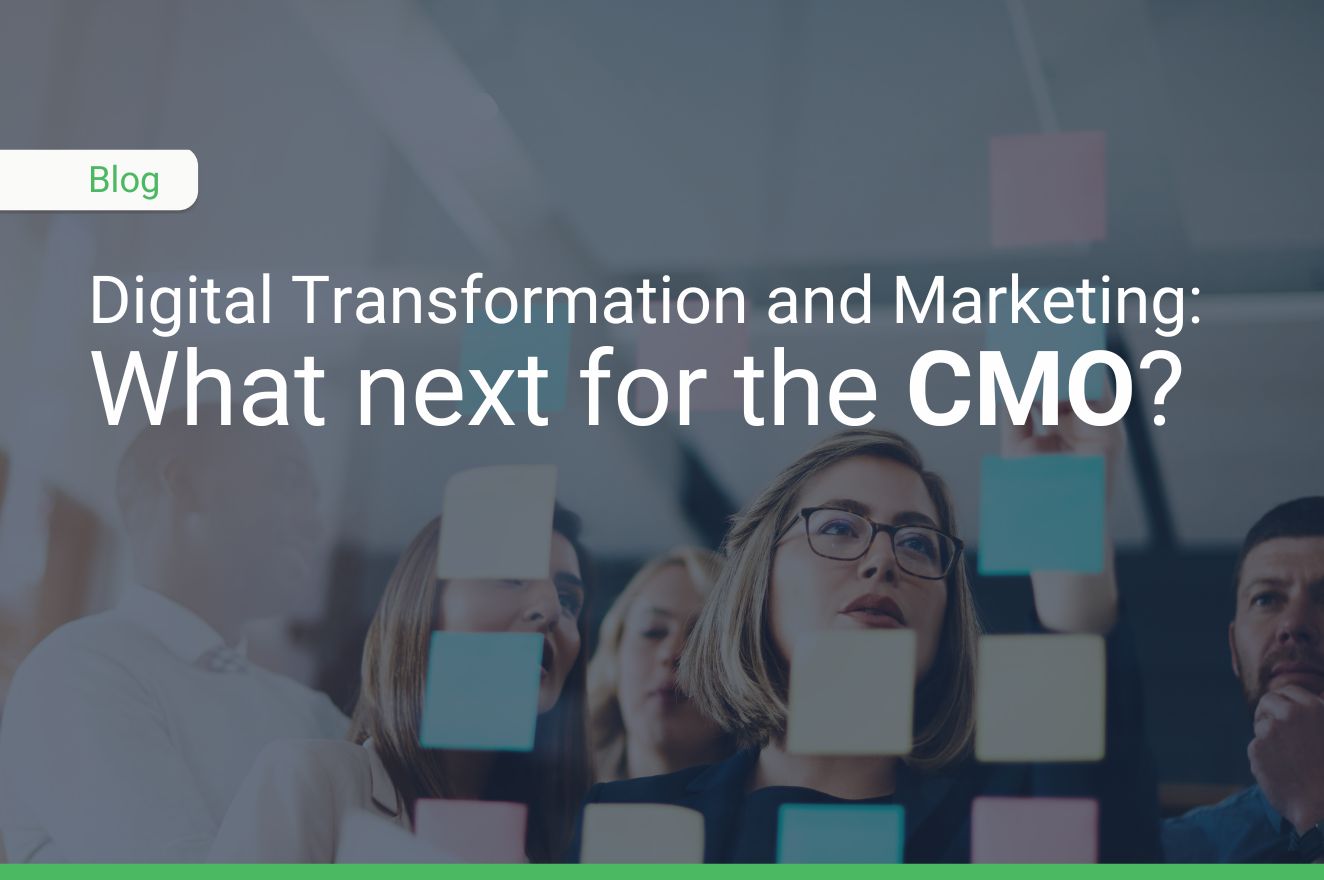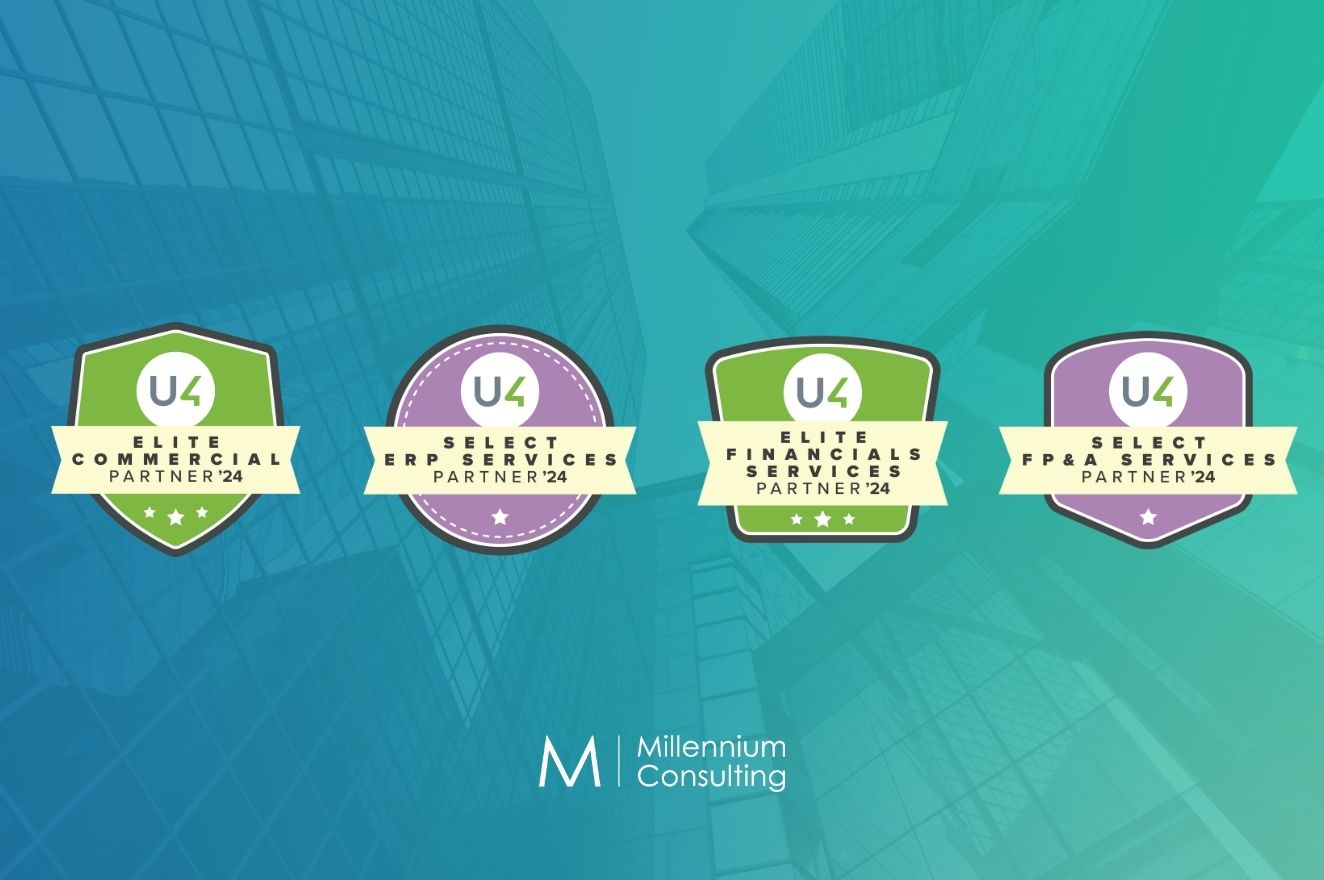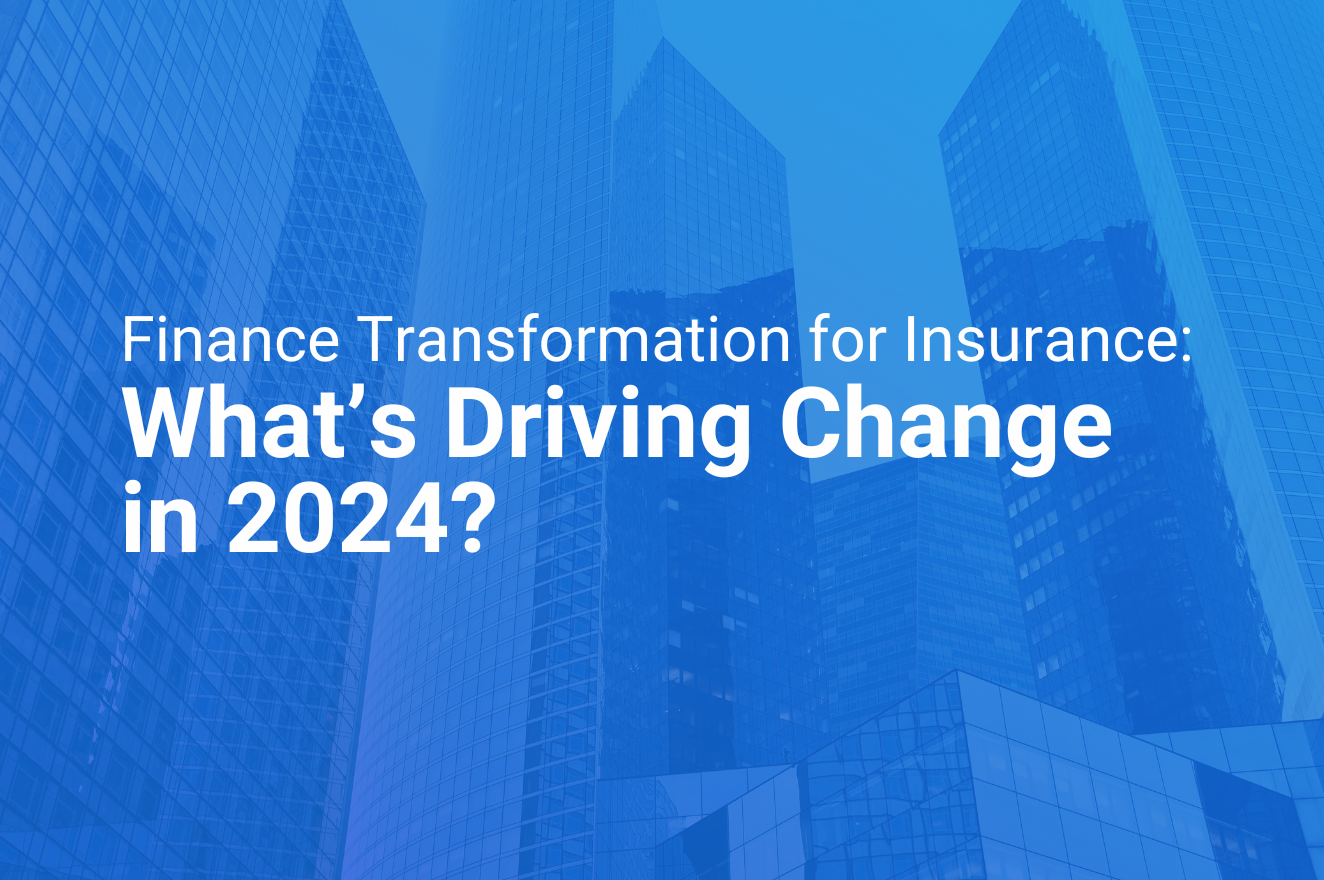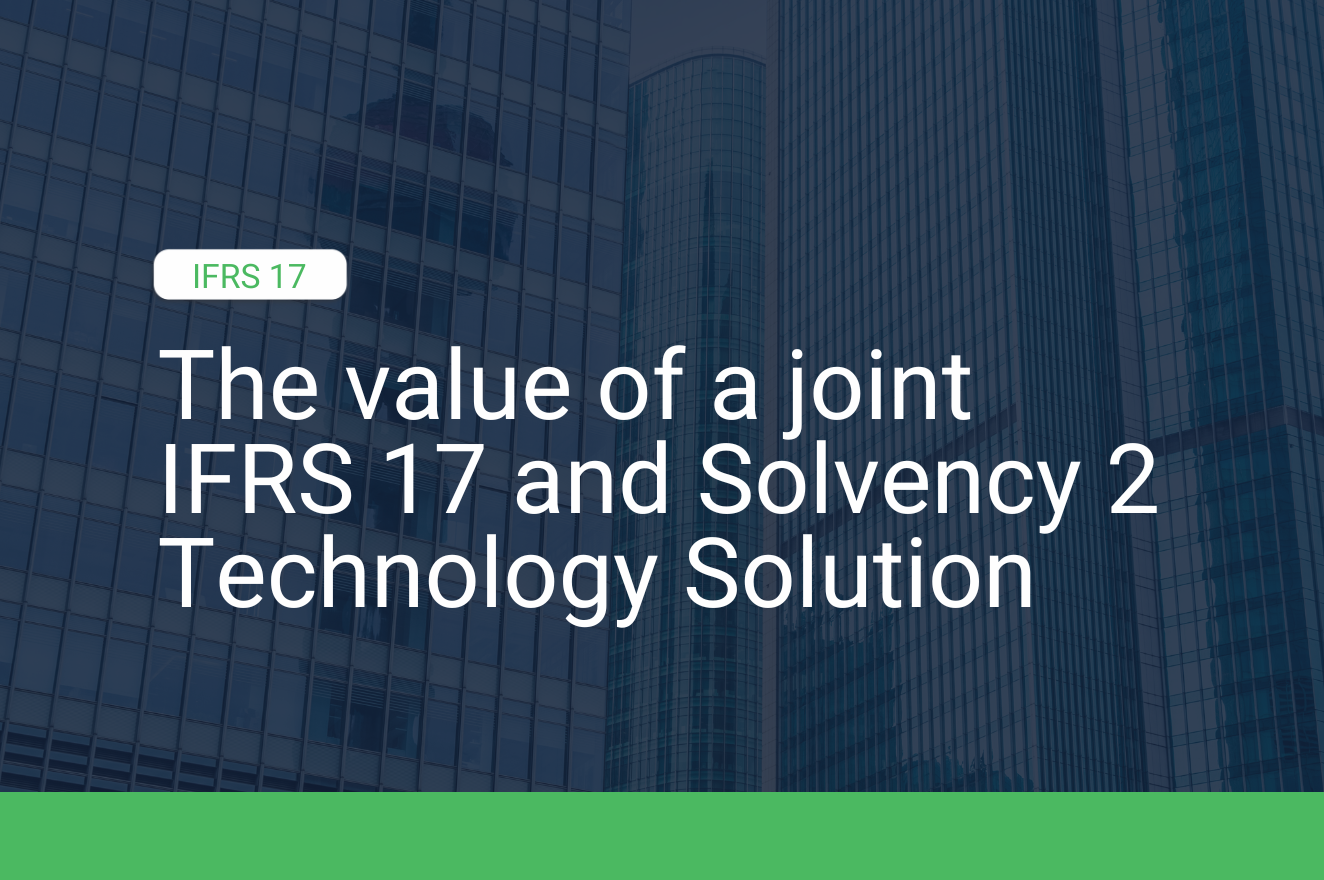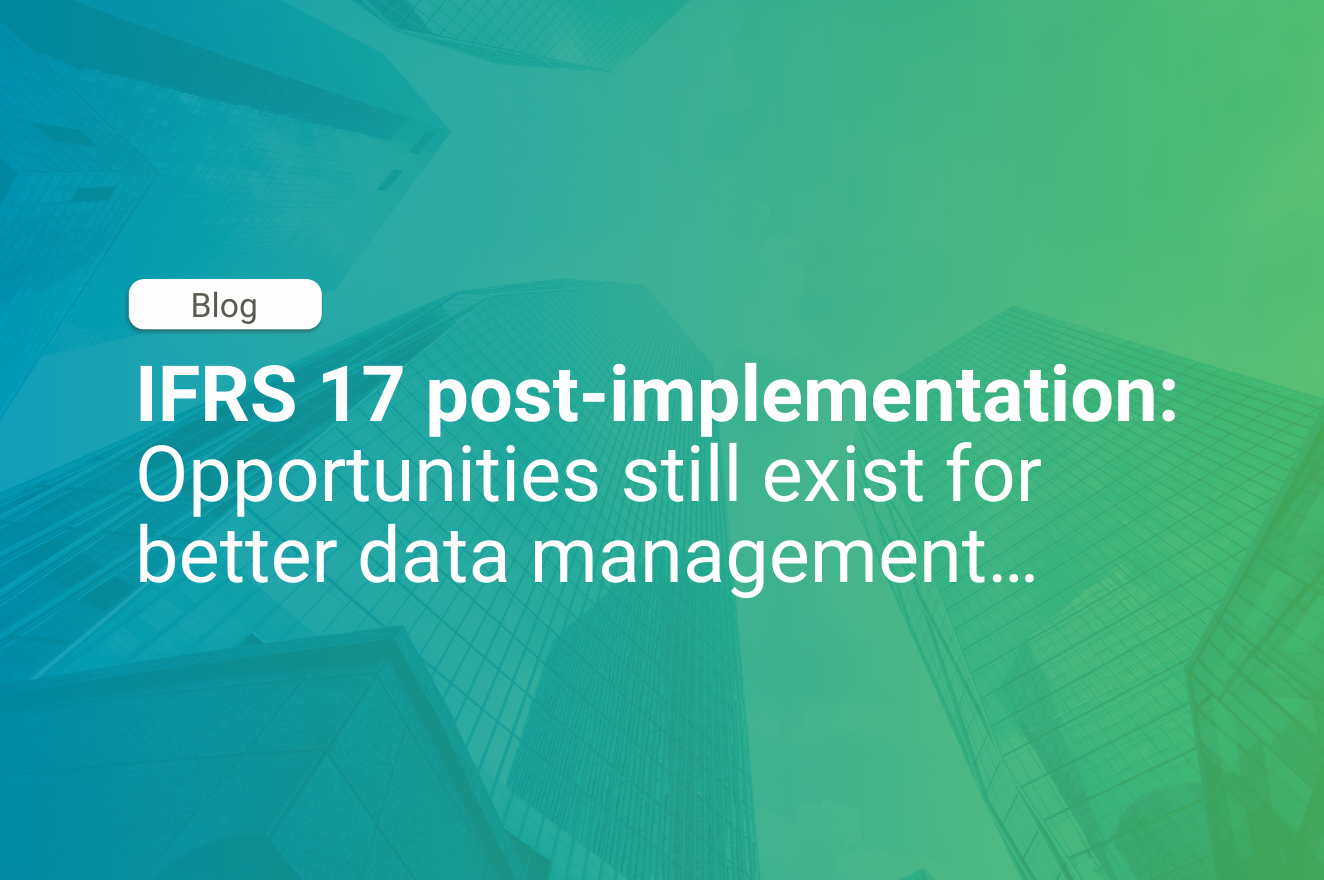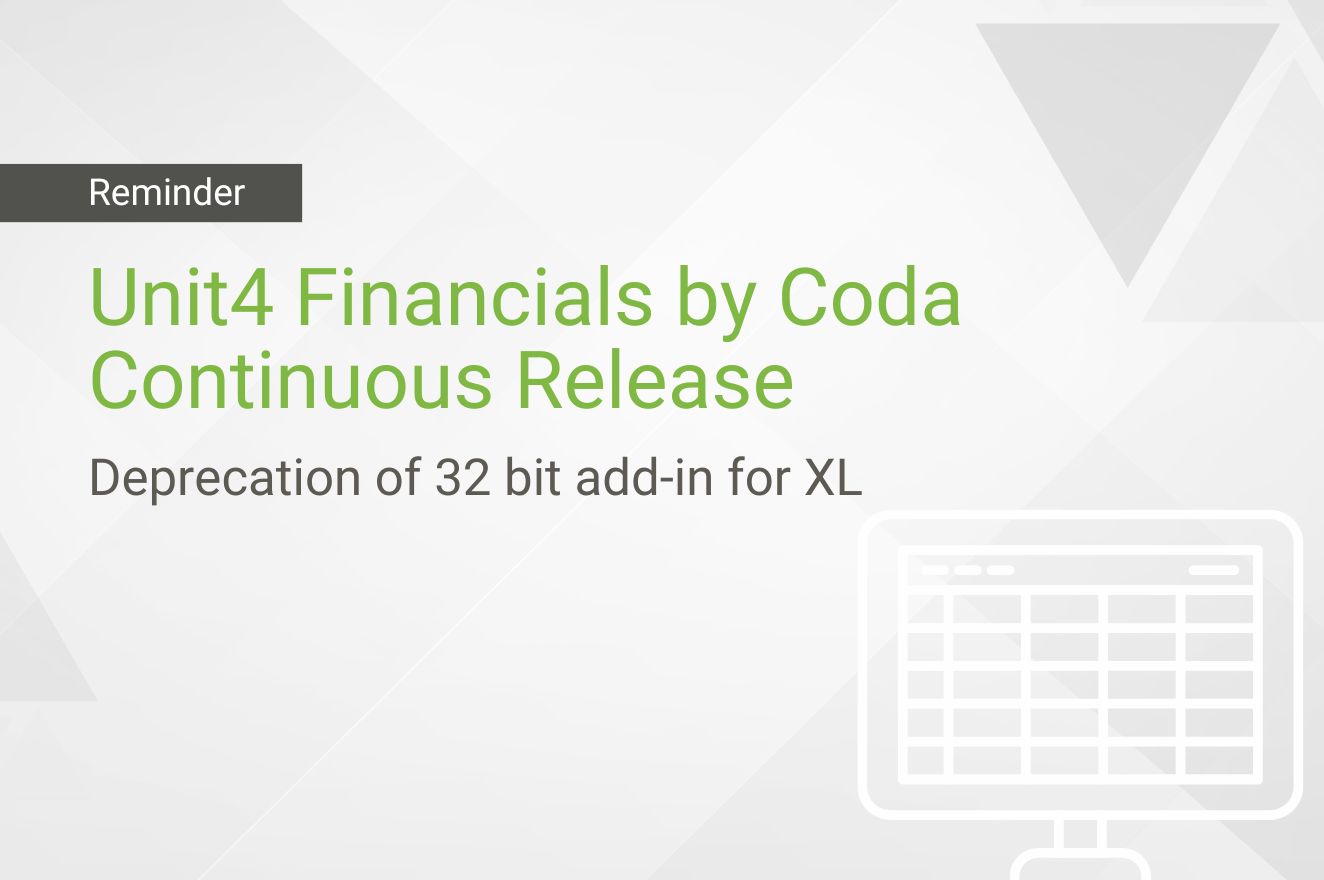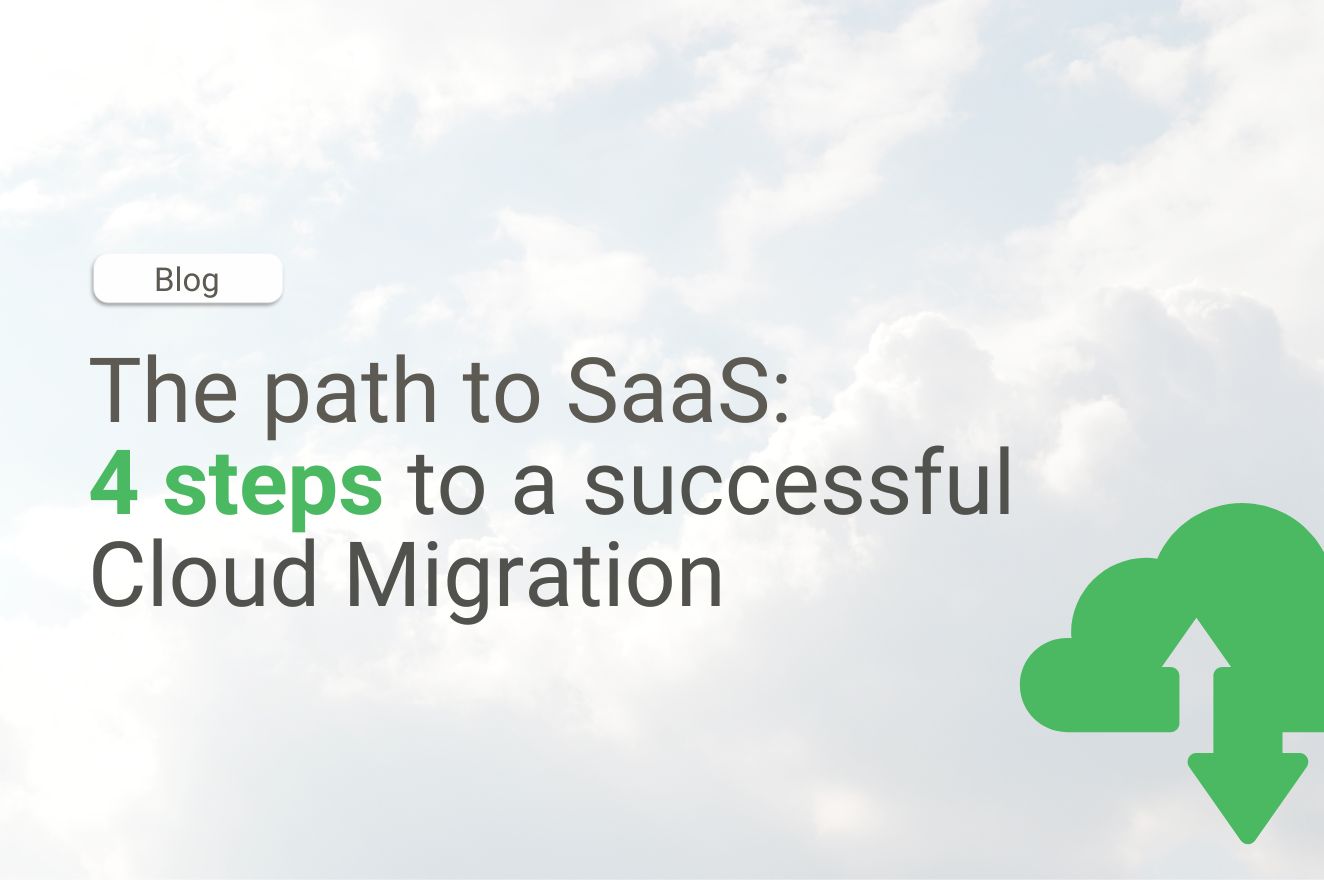Digital Transformation and Marketing: What next for the CMO?
Digital Transformation and Marketing:
What next for the CMO?
For most CMOs, the ability to implement new channels, processes, and technologies is ‘all in a day’s work’. But can the same be said for leaders in other parts of the company? When it comes to business-wide transformation, marketing should lead by example…
Organisational transformation: marketers should be at the top table
Why do organisations embark on digital transformation? The precise drivers differ from company to company, but in most cases, it’s driven by a desire to deliver a stronger customer experience, to boost efficiency, and gain a competitive advantage. For marketing leaders, it’s worth giving careful thought to the role you play in all of this.
You could take a narrow view: i.e. focusing squarely and solely on upgrading your own function’s capabilities. The smarter move – especially if your aim is to elevate the status of the marketing function – involves leading by example.
You arguably understand the customer and customer trends better than any other function. Working with data – e.g. around advertising traffic and engagement – is already second nature to your team. Building on all of this, marketing is uniquely positioned to take a leading role in transformation throughout the whole business.
But what does taking a lead role actually mean? We would suggest the following:
Develop the wider value of marketing data
Think about the various categories of data generated and owned by marketing (surrounding, for instance, customer behaviour, preferences and demand trends). To what extent might this information be of value beyond the marketing function when it comes to updating legacy processes?
For example, when it comes to digital marketing initiatives, it is likely that you have a wealth of data linked to metrics such as browsing behaviour, average session duration, click-through, and engagement (to name just a few). Looking beyond a narrow, marketing-specific perspective, this type of information tells you a lot about your customers; i.e. what devices and channels they prefer and what type of material encourages the most engagement.
Now consider this in the context of digital transformation across the wider business – for instance, in sales, customer service and product development. What type of new features and capabilities should those departments be developing in order to really resonate with your customers? Your marketing data can potentially provide valuable intel on all of this.
Action points:
- The desire to build a stronger customer experience is a major reason for instigating digital transformation right across the business. The marketing function typically owns a rich seam of data that provides intel on how customers perceive value and usefulness. This data can enhance decision-making surrounding a wide range of digital transformation initiatives.
- A few examples of digital transformation initiatives where marketing data may prove valuable include AI-driven virtual assistants in customer support, customer self-service portals in fulfillment, and digital payment platforms in finance.
- Marketing leaders should consider carrying out periodic audits of the data they own, to determine possible business-wide applications.
Do you have the right solutions to turn that data into workable insight? Consider the use of visualisation tools (e.g. Tableau, Microsoft Power BI – to name just a couple) to help make complex datasets easier to understand, analyse, and communicate.
Become a champion of integrated planning
Marketing leaders are generally no strangers to joined-up strategic thinking, whether it’s integrating sales and marketing touchpoints in B2B spheres or seeking to create a consistent ‘omnichannel’ experience for customers across multiple sales platforms and social channels.
As part of this, most marketers know instinctively (and often from experience) that silos are bad news. They lead to mixed messaging, wasted resources, confused customers, and lost revenue. But it isn’t just campaign execution where silos can cause problems; siloed approaches are also problematic when it comes to budgeting, planning and allocation of resources.
Let’s say you are seeking to allocate your department’s budget and devise an operational plan for the coming year. The traditional approach to this generally involves using mostly marketing-specific data, setting your own targets and working with your own spreadsheets. Meanwhile, however, other departments – e.g. HR, sales, production, and finance – are carrying out their own planning processes, using independent data silos, and devising their own targets.
Let’s also say you want to increase activity linked to a particular sales channel, product range, or geographical market. You can see how this will impact the marketing budget. But what knock-on effects will it have on, say, production, HR, and IT support? Analysing the data and getting answers can mean having to obtain and reconcile data from disparate systems – often drawing on a range of different assumptions and arrived at using different methodologies. It’s an approach which can be both drawn-out and error prone, and one which can very easily result in inaccurate conclusions being drawn.
Especially if you are still reliant on siloed, spreadsheet-based processes, it’s time to give serious consideration to integrated planning; i.e. the ability to bring together information from across strategic and operational areas of the business. For all decision-makers, this can help deliver a more joined-up view of business performance, equipping you to assess the company-wide consequences of decisions.
Action points:
- Rather than focusing solely on meeting department-specific goals, CMOs should ensure that everyone within the marketing department is aware of the organisation’s overall business objectives.
- Ensure that each new marketing initiative is fully aligned with the company’s broader strategic agenda.
- Encourage joined-up planning and strategic thinking by building closer relationships with colleagues from other departments (e.g. IT, sales, operations, and customer service). Seek opportunities to work together on cross-functional projects and initiatives that support digital transformation.
- Make the case for a single source of data and a single platform for financial, operational, and strategic planning and budgeting.
- CMOs can and should take a prominent role when new planning and analysis tools are being considered or implemented across the business. This includes input in choice of vendor, and helping to define organisation-wide, customer-centric KPIs.
Lead by example
Will the return justify the cost? How much disruption can we expect, and what will be the impact on day-to-day operations? What will new technologies mean on a purely personal level? When it comes to digital transformation, a certain degree of hesitancy or pushback is inevitable. It’s also fair to say that some parts of the business will be more resistant to change than others.
For most marketers however, responding to change is second nature. Creative thinking combined with the ability to ‘read the room’ are essential; whether it’s experimenting with new digital channels, or leveraging data and analytics capabilities to optimise the performance of campaigns.
If a willingness to innovate is already an important element of your team’s culture, how might this be put to work throughout the wider business? The CMO can and should be a change agent within the organisation as a whole. It’s a case of leading by example, and inspiring others to embrace innovation.
Action points:
- Look for ‘easy wins’, for instance, by carrying out an audit of activities within the marketing department, and highlighting those time-consuming manual tasks that are ripe for automation (thereby potentially creating more bandwidth to devote to more strategic and growth-oriented activities)
- Use the customer experience as a starting point. Map out the entire customer journey from the first marketing touchpoints right through to contract fulfillment (and beyond). Consider what type of capabilities and functionality are needed to deliver a standout customer experience (this will likely span multiple departments).
- From collaboration tools through to data analysis, carry out your own research to identify those tools and technologies that are most likely to boost efficiency, drive business growth, and create differentiation.
- Become an advocate of a collaborative approach to strategic development, for instance, by suggesting multi-department strategic planning sessions to consider digital transformation. Be ready to share your insights from a marketing perspective, while referring back to the organisation’s wider goals and objectives.
What next?
Digital transformation should always be a collaborative process. And when it comes to creating the type of experiences that will really resonate with your customers, marketing leaders should be taking a leading role in change-related conversations.
With a range of expertise that spans data analytics, data architecture, automation, cybersecurity and more, Millennium Consulting is ideally placed to help you on the next stage of your digital transformation journey. To explore what’s possible, speak to us today.
Millennium Consulting awarded Global Recognition in Unit4 Partner Awards
April 2024
Millennium Consulting awarded Global Recognition in Unit4 Partner Awards

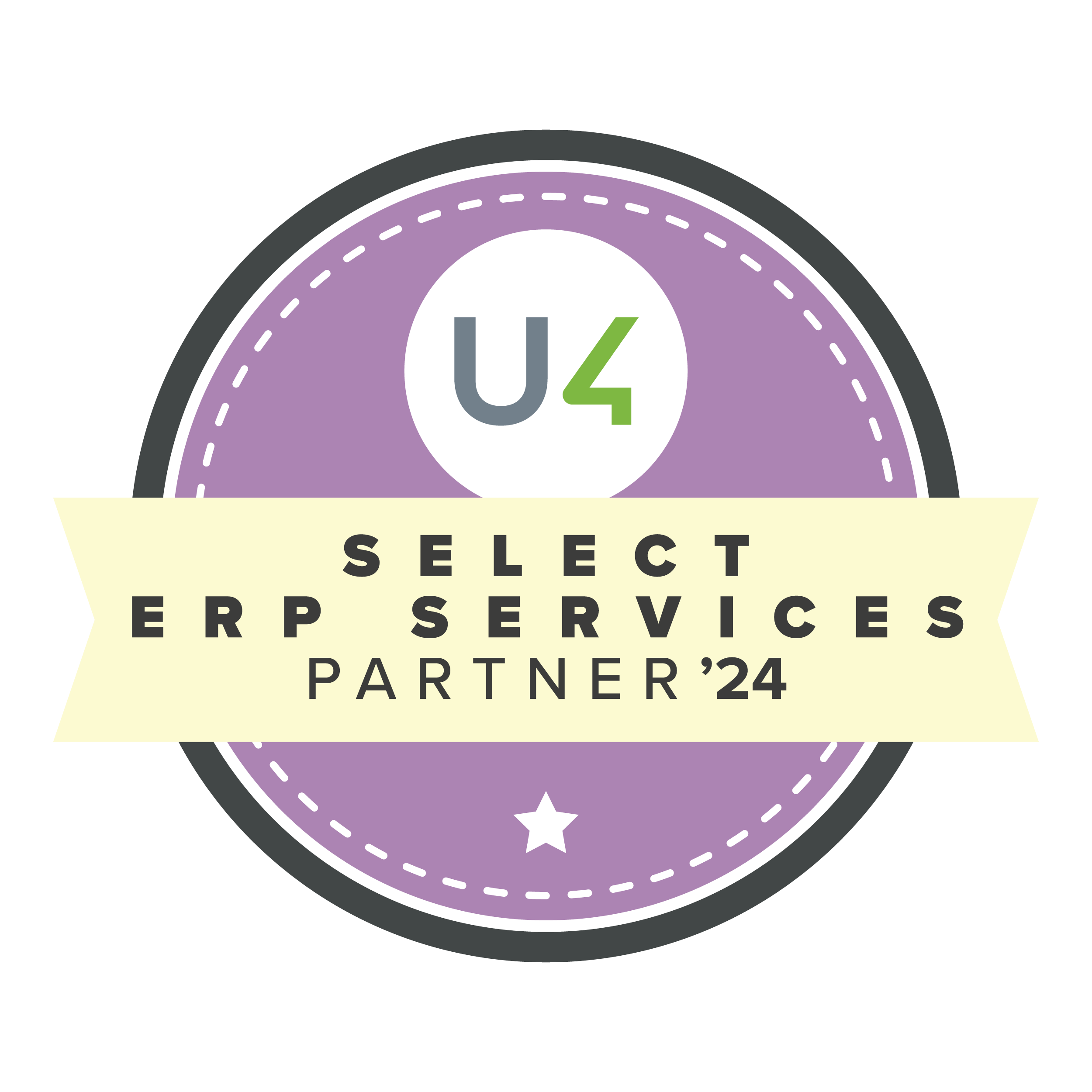

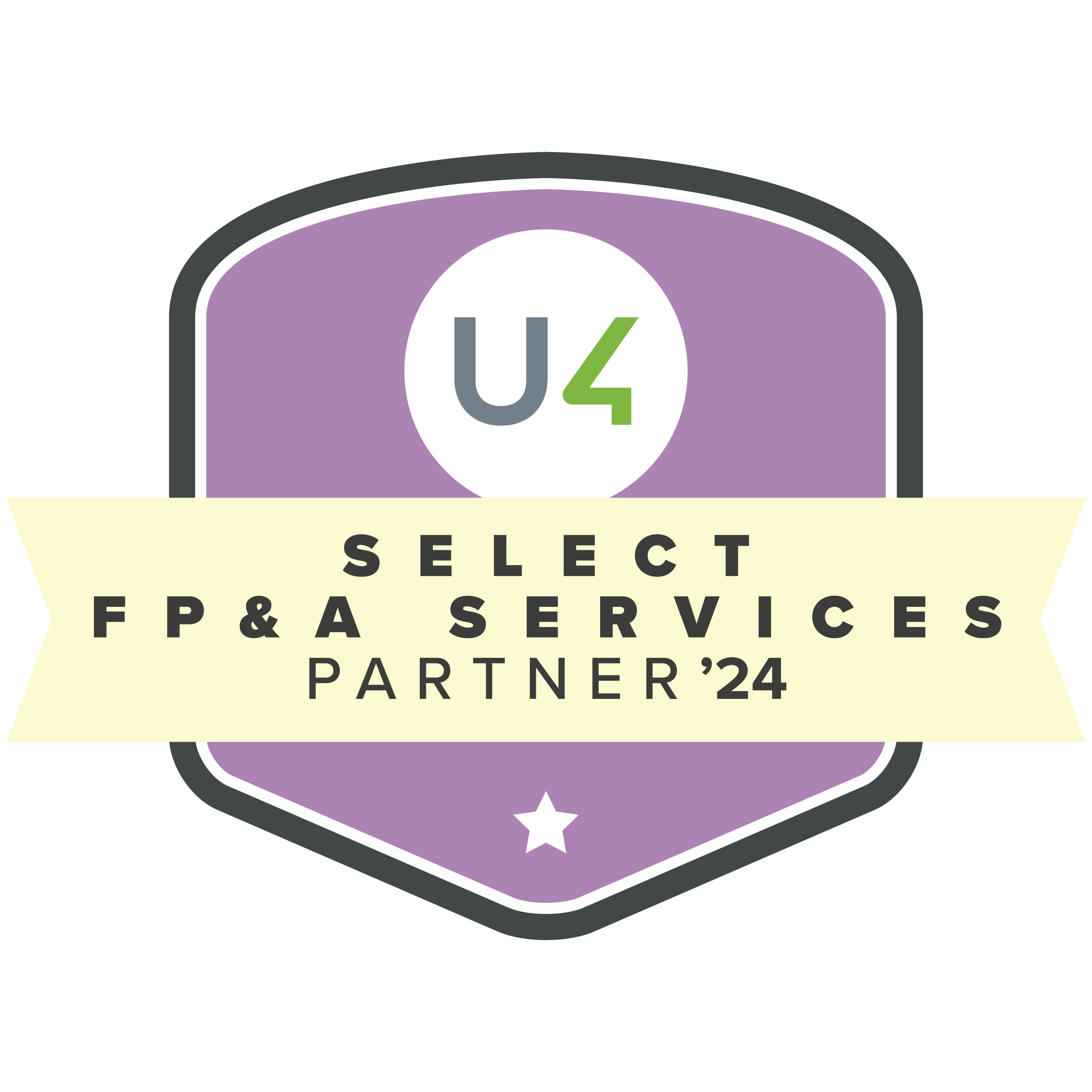
We are delighted to announce we have achieved our fourth partner award from Unit4 for 2024. This Select ERP Services award is an addition to the three partner awards Millennium achieved in February; Elite Commercial Partner, Elite Financials Services Partner, and Select FP&A Services Partner. Read here.
This award acknowledged Millennium Consulting and its affiliated legal entities across multiple countries for their exceptional performance. This recognition comes as a result of Millennium Consulting’s unwavering commitment to delivering top-tier Unit4 solutions to its clients while adhering to the stringent standards set forth by Unit4 certification.
"This further recognition is a testament to the expertise of the Millennium team and reinforces our steadfast commitment to providing exceptional solutions that truly impact business outcomes."
— Jeremy Lucas, Chief Operating Officer at Millennium Consulting
Why choose Millennium Consulting?
We have over a decade of experience working with Unit4 products and are a leading reseller in global markets. That means we have the knowledge and expertise to design, implement and support the right Unit4 solution for your business. We also make it easy to extend your system, providing additional applications that allow you to augment and tailor your solution to meet your needs.
Events
Nothing found.
Finance Transformation for Insurance: What’s Driving Change in 2024?
Finance Transformation for Insurance:What’s Driving Change in 2024?
Thought leadership article from Millennium Consulting CEO, Phil Keet
Current challenges faced by insurers include regulatory pressures, volatile costs, shifting customer expectations, along with the emergence of a new breed of competitors – all set against a backdrop of more frequent and severe global risks.
Finance can and should take a leading role in enabling insurers to meet these challenges. Millennium Consulting CEO, Phil Keet explores what’s expected of the insurance finance function – and at what’s required for successful transformation.

Transformation takes centre stage
As Deloitte stressed in its 2024 global insurance outlook report, “merely reacting to risks and challenges is no longer good enough”. Most insurers are either undertaking – or thinking about undertaking – transformation efforts with a very clear aim in mind: namely, preventing losses happening in the first place.
This transformation typically involves adopting new technologies, including advanced analytics, to extract actionable insights from growing volumes of data. To react rapidly and make the right decisions, savvy insurance finance leaders also realise that they need a joined-up picture of performance; making the reduction of data silos a particularly important priority.
Here’s a closer look at some of the insurance sector’s most pressing current concerns, and at how these are directly shaping transformation initiatives.
Regulatory changes as a catalyst for improvement
IFRS 17 was billed – understandably – as a “once-in-a-generation” regulatory shift. New accounting and reporting methodologies demanded a raft of new calculation capabilities, as well as the ability to validate and utilise vast amounts of data at a granular level.
For the majority of insurers, IFRS 17 implementation meant an overhaul of processes and technologies. Many considered this to be the ideal opportunity to modernise their wider processes and boost their decision-making capabilities.
However, as our recent article highlighted, the majority of insurers have discovered that the IFRS 17 compliance journey has been harder than first envisaged. As KPMG explains, “[The] focus quickly narrowed to achieving compliance by meeting regulatory deadlines and getting back to business as usual. The initial vision of a transformed function was lost”.
The smart move for insurance finance leaders is to get that vision back – and build on the changes they have implemented already; as EY puts it, to “Think big, start small, and realize incremental value”.
One way of looking at this is to consider what capabilities you need to get a better handle on your compliance obligations, alongside the capabilities needed for better decision-making. Questions worth asking include the following:
- What critical information is needed – not just for regulatory reporting – but also to enable senior executives to better understand business performance and make key decisions?
- How do we develop a commonly-defined set of performance metrics, drawing from common data sources?
- How do we break down barriers across functions, policy areas, and branches, to establish common goals, and enable us to get a joined-up picture of performance?
Decision-making in a volatile environment
In the US, 2022 was the eighth consecutive year featuring at least ten catastrophes, causing over $1 billion in losses. As Lloyd’s of London illustrates, absolute climate-related insurance losses are rising, driven by an increase in exposure in climate damage-prone areas. Economic factors such as inflation and supply chain disruptions also exacerbate losses; most notably through rising rectification costs.
When a major event looms on the horizon, what are its likely implications in terms of operational costs, cash flow, and profits? How do we provide appropriate coverage to customers without exposing the business to unacceptable levels of risk? Are we overexposed in particular areas?
EY found that “agility to adapt to continuous change” is the single most important ingredient for successful finance leaders and their teams. Insurance executives need the ability to act fast and make the right decisions when potentially catastrophic events occur. But rather than being constantly on the back foot, they also need to identify ways to increase business resilience, such as identifying ways to reduce operational costs, or in deciding where to focus customer acquisition efforts.
So how does this translate into action? What capabilities should be on every finance leader’s wish list? We would suggest the following:
- The ability to capture, collate and consume data from right across the business, including operational and policy-level information.
- An ability to integrate external data streams (e.g. weather patterns, IoT devices, government databases, supply chain partner information), alongside internal data.
- A move from reliance on static reports (which become quickly out-of-date when conditions change) to dynamic planning. When internal stakeholders have questions, finance should be able to drill into the data and produce reliable, evidence-backed answers – at speed.
- Multi-scenario and what-if analysis. No matter how comprehensive the data at your fingertips, there is rarely a single, simple answer to a complex question! It’s a case of weighing up options. This is why insurance finance leaders should prioritise the development of predictive analysis capabilities combined with driver-based and multi-scenario planning. You should be able to ask ‘what if?’, alter variables to consider multiple possible sets of circumstances, and make better-informed decisions on possible courses of action.
For insurance data, the future is integrated
Whether it’s Solvency 2, IFRS 9, IFRS 17, LDTI or emerging ESG standards, all recent regulatory initiatives have at least one thing in common: the emphasis on transparency. This has two important implications for how your data is managed.
The first relates to access to data at a granular level. IFRS 17 is a prime example of this: it’s going to be pretty much impossible to maintain compliance unless you have the ability to collate, validate, and utilise vast amounts of data, right down to policy level.
The second relates to silos. If underwriting, risk, operations, and finance all have their own datasets and function-specific rules in play for recording, processing, and reporting data, it becomes even more difficult to deliver the type of clear, accurate, and consistent information required by regulators.
But if you look beyond compliance, the wider business case for reducing silos and improving access to granular data is clear. Consider pretty much any challenge faced by the insurance sector at present; volatile costs, geo-political disruption, and climate-related risks being three notable examples. The impact of these challenges is not limited to specific policy books or divisions. It affects the entire business.
Strategising in the context of these types of challenges demands a new approach to planning. Reliance on top-line data won’t suffice – and nor will silos. In their place, you should seriously consider establishing one trusted source for all data – meaning that everyone is on the same page, and everyone trusts the numbers.
The end goal should be real-time visibility, and the ability to create and amend dynamic plans, budgets, and forecasts. Drilling into granular data where necessary, you should be able to weigh up your options when new circumstances arise, choose the most appropriate course of action, spot new opportunities – with insights on the full impacts of your actions across all corners of the business.
What next?
There is no single blueprint for successful finance transformation in the insurance sector. What’s necessary in all cases however, is a clear vision of what you want to achieve, along with a plan – i.e. achievable steps – to make that vision a reality.
The next logical step may be to build on the changes you have made already (around implementing IFRS 17, for instance) with the twin aim of ensuring ongoing compliance in the long term while also improving your ability to meet the needs of the wider business. Alongside this, there may also be scope for further streamlining and automation of core finance processes to reduce manual workloads and create valuable extra bandwidth.
To establish your next best steps for equipping finance to ensure compliance, strengthen decision-making, and drive business performance, contact us today.
The value of a joint IFRS 17 and Solvency 2 Technology Solution
The value of a joint IFRS 17 and Solvency 2 Technology Solution
In the dynamic landscape of insurance and financial services, the convergence of regulatory requirements such as IFRS 17 and Solvency 2 presents both challenges and opportunities. As insurers navigate these complex regulations, the value of a joint technology solution that addresses both IFRS 17 and Solvency 2 cannot be overstated. This unified approach not only ensures compliance but also unlocks synergies, enhances efficiency and drives strategic decision-making.
March 2024
Seamless compliance
The foremost benefit of a joint IFRS 17 and Solvency 2 technology solution is seamless compliance. These regulations impose distinct yet overlapping requirements on insurers, including data management, reporting, and risk assessment. By integrating both frameworks into a single system, insurers can streamline their compliance efforts.
Rather than managing separate systems for each regulation, a joint solution allows for centralized data storage, standardised processes and automated reporting. This not only reduces the risk of errors but also saves time and resources that would otherwise be spent reconciling data between disparate systems.
Efficiency and cost savings
A unified technology solution for IFRS 17 and Solvency 2 brings significant efficiency gains and cost savings. Insurers can eliminate duplicative processes and streamline workflows, leading to faster and more accurate financial reporting. This efficiency extends to data governance, as a single source of truth reduces the need for manual data reconciliation and validation.
Moreover, by leveraging the same technology stack for both regulations, insurers can benefit from economies of scale. This means lower maintenance costs, reduced IT complexity, and a more agile infrastructure that can adapt to evolving regulatory requirements without the need for extensive customization or additional investments.
Holistic Risk Management
IFRS 17 and Solvency 2 are not just compliance exercises; they are also essential frameworks for understanding and managing risk. A joint technology solution enables insurers to take a holistic approach to risk management by integrating financial and actuarial data.
By analysing data across both IFRS 17 and Solvency 2 requirements, insurers gain a comprehensive view of their financial health and risk exposure. This enhanced visibility allows for more informed decision-making, better capital allocation, and improved strategic planning.
Strategic insights and competitive advantage
Beyond compliance and efficiency, a joint IFRS 17 and Solvency 2 technology solution provides insurers with valuable strategic insights. The integrated data and analytics capabilities enable advanced modelling and scenario planning, empowering insurers to assess the impact of various strategies on their financial performance and solvency position.
Insurers can also use this data-driven approach to gain a competitive advantage. By leveraging predictive analytics and machine learning, they can identify market trends, customer preferences, and emerging risks. This foresight enables proactive risk mitigation, product innovation, and targeted marketing strategies to stay ahead in a rapidly changing industry.
Conclusion
In the complex and highly regulated world of insurance, a joint technology solution for IFRS 17 and Solvency 2 is not just a convenience—it’s a strategic imperative. By unifying compliance efforts, enhancing efficiency, and enabling holistic risk management, insurers can unlock synergies that drive business growth and resilience.
This integrated approach goes beyond meeting regulatory requirements; it empowers insurers with actionable insights and a competitive edge in the market. As insurers embrace the opportunities presented by convergence, a joint IFRS 17 and Solvency 2 technology solution emerges as a powerful enabler of success in the modern insurance landscape.
What next?
To help you progress from ‘just about managing’ to thriving with IFRS 17, Millennium Consulting can help. Whether it’s optimal reconfiguration of recently-implemented software, advice on updating legacy systems, or weighing up your options for futureproofing your data architecture, our change management specialists are ready to supplement your in-house capabilities.
To see what’s possible, speak to us today.
Millennium+ ERP Webinar
Millennium Consulting Webinar Series

Thursday 12th September 2024 at 14.00 p.m. UK
Duration: 30 minutes
Join Millennium Consulting's Webinar Series on Millennium+, a service that can provide a tailored package for your business.
Learn how Millennium+ offers unrivalled support for all your Unit4 ERP needs.
The session will cover:
- What does Millennium+ provide?
- How it helps businesses to maximise their ROI
- Why it is suitable for everyone
- A fully transparent cost base that rewards loyalty
Presented by Millennium’s Director of Professional Services, Chris Peall.
Thursday 12th September 2024 at 14.00 p.m. UK for 30 minutes
Chris Peall
Director of Professional Services at Millennium Consulting
Chris Peall oversees all projects & services and is the Product Owner of all Millennium IP.
Chris has over 20 years working across the industry in the Data Science, Business Analytics, Architecture and Project Management spaces. He ensures that you will have access to the most relevant and experienced members of the team to suit your needs, and that results are delivered in an expedient and professional manner.

Nothing found.
Unit4 Financials 2024 Q1 Release
Unit4 Financials by Coda 2024Q1 was made available on 12th March 2024.
The new release contains all the previous Unit4 Financials by Coda functionality, new features, security updates plus customer identified fixes to extend the best-in-class software solution. Unit4 have addressed many customer reported issues, and hence why we always encourage customers to upgrade to the latest release.
Please note: 2024Q1 R2 was made available on 12th April 2024.
Release 2 has removed the fix for Bug 810008 – Daylight savings time is taken into account when setting the ‘Next run‘ time for Scheduled tasks. The changes made to the software to resolve this issue had the potential to cause intermittent issues when running scheduled tasks.
Highlights of the 2024Q1 release include:
Administration:
- OpenID Connect User Claims
- It is now possible to include and exclude inactive users on the OpenID Connect User Claims in Administration and in the Coda Console.
- Regional Settings
- It is now possible to configure Regional settings at a user level. If you previously required a Regional settings pack to override certain language pack settings, for example to specify a US date format when using English, you can now do this via the Regional Settings tab on User Master or My Profile. If the default option is selected, it will follow the installed language pack and browser language settings.
Finance:
- Tax Master
- You are now able to map the Finance Analysis line tax codes for use in Electronic Invoicing. These parameters will be used in the future by the new Electronic Invoicing functionality.
- Element Master
- You are now able to map the Finance Summary line and Analysis line accounts for use in Electronic Invoicing. These parameters will be used in the future by the new Electronic Invoicing functionality.
- Table Link Transfer Client
- The Table Link Transfer Client has two new parameters which enable the user to select the data to transfer by company and/or link code. Both values can be wildcarded. Please refer to the Technical Guide for more information.
- Browse Limits
- The areas below currently limit the transactions lines returned to the browse limit set on the user capability setting. These areas now also take into account the browse limit set in the Financials console.
- The configuration setting is com.coda.common.core.browseLimit.
- The transaction limit applied is the lower of the two settings.
- The browse limits apply to the following areas:
- Browse Details
- Bank Reconciliation
- Print Customer Statements
- Undo Reconciliation
- Browse Transaction
- Browse Transaction, Show Related Document
- Browse Intray
- Cancel Document, View Document
- Matching
- Browse Statements
Technical:
- Database install and upgrade scripts
- Details of the database install and upgrades are now displayed in the container log at INFO level.
- WildFly scripts
- The installation scripts for WildFly have been updated to include support for validating data sources.
- PowerShell scripts
- The PowerShell variants of the WildFly installation scripts are now digitally signed, making their execution easier.
Deprecated features:
- The .NET router has been deprecated. The final release has not been determined.
- 32-bit XL is deprecated. We recommend the use of 64-bit XL.
- The Integration Toolkit Command Centre module (ITK) has been deprecated and will be removed in a future release. The final release has not been determined.
General Fixes/Updates:
- Data in table com_sessiondata is now deleted when a user changes company.
- Daylight savings time is taken into account when setting the ‘Next run‘ time for Scheduled tasks.
- The regdate column on oas_dochead is now populated when a document is posted to the intray.
- Authorising Users in the dropdown list in Invoice Matching are now sorted in alphabetical order.
- The name of a generic item cannot be changed on an order line if that order has been partially or fully received.
- SFTP support in Structured Output no longer generates corrupted files when ‘Overwrite existing files’ is enabled.
- An error in the Installation Requirements documentation (installation-requirements.html), for the preferred ODBC driver, has been corrected.
- The WildFly setup script JDBC Driver Path now refers to a supported JDBC driver version.
- An error in installation-requirements.html documentation, for broken ODBC Driver Download URL, has been corrected.
- A cross-site scripting vulnerability in Finance input has been removed.
- When an action is performed on the help page of the application, it is no longer logged in the HTML source code.
- Cross-site scripting vulnerabilities in the frameset, history, and favourites resources have been fixed.
Release dates for Cloud users
Unit4 Cloud customers are notified by Unit4 Cloud support when their pre-production and production systems will be updated. This information can also be found within the Cloud Services – Release Schedules area.
View the 2024 Release Schedule here
The Release Notes detailing the fixes and features within this release can be found in the Documentation area on Unit4’s Community 4U.
Transform your Unit4 Financials by Coda system and take it to the next level by migrating to Unit4 Cloud.
With effect from December 31 2024, on-premises Unit4 Financials by Coda will no longer be supported or maintained.
IFRS 17 post-implementation: Opportunities still exist for better data management…
IFRS 17 Post-implementation: Opportunities still exist for better data management…
Published March 2024
A year on from the new reporting standard coming into effect, insurers are learning to live with IFRS 17. The initial rush to compliance is now behind us. So what happens next?
Especially in areas such as data capture and integration, early post-implementation evidence suggests there is still plenty of scope for improvement. Here’s a closer look at some of these areas, and at how insurers can progress from “just about coping” with IFRS 17, to hassle-free, long-term compliance and a more data-driven business.
IFRS 17: How easy has the transition been?
Billed as a once-in-a-generation reporting overhaul, the move to IFRS 17 was never going to be completely glitch-free.
The topline aim of the new regime seems simple enough: i.e. boosting comparability and increasing transparency, by establishing “unified standards for insurance contracts, related accounting, valuation and reporting for enterprises’ assets and liabilities”.
In reality however, becoming compliant has meant an overhaul in multiple areas, from accounting and actuarial methodologies, new reporting solutions to get to grips with, through to reconfiguration of existing data management processes. It’s meant a significant spend in terms of time, effort, and financial resources.
A year on from its effective date, have insurers successfully absorbed these changes? Evidence suggests that it’s still a work in progress. A recent survey from WTW indicated that 70% of first-time IFRS 17 reporters anticipated the new regime leading to a longer working-day timetable (WDT), with the majority saying that substantial work is still required until they reach a “business as usual” state.
KPMG found that post-implementation, insurers are encountering the following:
- Resource-intensive processes and longer close cycles
- Significant manual workarounds
- Data preparation and cleansing
- Large columns of spreadsheets
- Significant process and control gaps
- High resource turnover
- Errors and potential restatements
- Regulatory risk, including non-compliance with filing deadlines
Deloitte found that early implementers of IFRS 17 have encountered a range of challenges, including problems around data capture, the performance/suitability of dedicated IFRS 17 solutions, and issues surrounding integration.
Here are some of the ways in which further IFRS 17 process optimisation may be achieved…
New profit measures and the calculation burden
IFRS 17 introduces several new moving parts into the methodology used by insurers to communicate their finances. The ‘contractual service margin’ (CSM) is the most notable novel addition; a complex way of measuring returns that demands the ability to collate, validate, and utilise vast amounts of data at a granular level.
On top of CSM, insurers now have a long list of calculations to grapple with, including present value of future cash flows, liability for remaining coverage (LRC) including all the related effects, liability for incurred claims (LIC), disaggregation (OCI, PL etc.), and an onerous contract test.
More than a quarter (27.2%) of insurers told Deloitte that ‘calculation capabilities’ is one of the areas that has given them trouble with achieving IFRS 17 compliance. KPMG highlights some of the difficulties this has caused on the ground: process and control issues, an increase in errors, and the risk of potential misstatements.
It seems that many insurers are making do with the modifications they have made to existing technology systems. In reality however, comprehensive, easy-to-use modelling and computing capabilities are a must if businesses are going to handle the various cash flow, risk adjustment, discounting and CSM calculations necessary under IFRS 17 in a sustainable way.
For businesses still tied to legacy (albeit minimally modified) processes, the need for constant workarounds – along with the very real risk of misstatements – isn’t going to go away.
Dedicated IFRS 17 solutions: are they missing the mark?
How do you fix a problem like IFRS 17?
For many businesses, the answer comes in the form of a dedicated solution: one that boasts features such as pre-configured standard IFRS 17 calculations and end-to-end reporting and disclosures.
The trouble is that ‘all singing, all-dancing’ out-of-the-box solutions can sometimes fall short of expectations. And in fact, 42% of businesses told Deloitte that packaged software solutions proved to be substantially inadequate for their organisations’ IFRS 17 needs.
As Deloitte points out however, the problem usually isn’t really with the solution itself, but the practicalities surrounding implementation. As with any major software project, it has to be tailored to company-specific requirements. And with IFRS 17 there were added complications, in that changes were made to the standard after it was first issued, so businesses and software vendors were both having to deal with a moving target.
Millennium Consulting is no stranger to complex change management and software implementation projects – so all of this sounds very familiar to us. Close collaboration is essential between you, your software vendor and any implementation partner. There needs to be proper consideration given to your existing architecture to ensure the appropriate flow of data between different areas of the business. This is on top of appropriate onboarding and user-focused configuration tweaks to ensure the right people can put the solution to work in the right way.
In short, there is no such thing as plug and play for a project of this nature. It helps explain why insurers cite ‘Technology design and implementation’ as the most in-demand skillset for achieving successful IFRS 17 compliance.
If you are yet to implement a dedicated solution, it is worth planning early to bring on board suitable external expertise (and avoid expensive mistakes later on!). Likewise, if your new solutions are so far failing to meet expectations, don’t underestimate the value of a fresh pair of eyes for highlighting areas to optimise.
Data integration and its wider potential for your business
When insurers were asked by Deloitte to list their biggest IFRS 17 implementation problems, ‘Capturing data inputs at the required level of granularity’ came top, cited by more than a third of insurance leaders.
The new standard means that no longer can the financial, actuarial and risk aspects of operations be treated as separate areas. The quantity and quality of historical data available to you feeds directly into your ability to calculate CSM and other metrics in a timely, efficient way. This is in addition to the ability to sort insurance contracts into appropriate groupings based on product type, degree of profitability and year of issue.
In many businesses, data architecture has evolved organically; e.g. separate accounting, actuarial and risk department datasets – each with their own solutions in play. More widely, data may be stored in a host of different locations, without a harmonised data model.
The upshot? No matter how powerful or feature-rich your IFRS 17 solution happens to be, it is always bound to fail in meeting expectations unless the data integration essentials are addressed.
You need an approach that aligns and centralises data company-wide, along with the ability to drill into the details, right down to policy-level, as and when required. Scalability is also key: the new standard means that insurers will be capturing, managing, and processing ever-increasing volumes of granular data, so it’s vital to have the capacity necessary for this.
There is, however, more to this than just staying on the right side of the regulators. In the Deloitte survey for instance, a sizeable number of businesses recognised that the changes they had made – or were planning on making – in response to IFRS 17 could have a number of valuable business benefits.
The removal of data silos can deliver a much clearer picture of enterprise-wide performance. As a few examples, this can help drive efficiency, strengthen fraud detection and prevention measures, optimise pricing and even deliver better, more personalised customer service.
What next?
To help you progress from ‘just about managing’ to thriving with IFRS 17, Millennium Consulting can help. Whether it’s optimal reconfiguration of recently-implemented software, advice on updating legacy systems, through to weighing up your options for futureproofing your data architecture, our change management specialists are ready to supplement your in-house capabilities.
To see what’s possible, speak to us today.
Unit4 Financials by Coda Continuous Release Reminder
Unit4 Financials by Coda Continuous Release Reminder – Deprecation of 32 bit add-in for XL
This post is a reminder that on the 14th March 2023 Unit4 deprecated the 32 bit add-in for XL for Finance and Procurement. The 32 bit add-in for XL will no longer form part of the 2025Q1 Release.
The currently planned release date for Unit4 Financials by Coda 2025Q1 is March 2025. We advise customers to upgrade to 64-bit XL before this date.
The Unit4 Financials by Coda support team will be able to advise if you have any questions.
Published March 2024
Why choose Millennium for Unit4 Financials by Coda?
We are an Elite Unit4 Partner with more than three decades of experience working with Unit4 Financials by Coda. That means we have the knowledge and experience to design, implement and support the right Unit4 Financials solution for your business.
The Path to SaaS: Four Steps to a Successful Cloud Migration
Blog
The Path to SaaS:Four Steps to a Successful Cloud Migration
Unit4 Financials by Coda, Unit4 FP&A, and Unit4 ERP are scheduled to become fully Cloud-based SaaS solutions, making the case for Cloud migration impossible to ignore. But what exactly does it take to make migration a success?
With 200+ (and counting) successful migration/integration projects to our name, Millennium Consulting is no stranger to the challenges inherent in a major Cloud switch. Millennium’s Director of Professional Services, Chris Peall, breaks down our methodology for migration, including the four essential steps to getting it right.
February 2024

SaaS vs On Premise Upgrades
We don’t want to downplay the difference between SaaS and an on-premise upgrade; at Millennium, we don’t discriminate between them because there is not much in it – now that’s not to downplay the effort involved or the differentials of them, but Millennium are a change management company, so migrating a customer from A to B is not the difficult part of any given project.
The path to SaaS isn’t significantly more complex than managing an on-premise upgrade – for a team with the expertise. But it does require change and an understanding of the impact of that change on your business.
The steps
There are four key steps in migrating to the Cloud. The first one is to understand how to get there!
Step 1: Cloud Migration Assessment
With any change management project, you must clarify and articulate your objectives from the outset. Only then can you define what you’ll need from your new solution in areas such as performance levels, capacity, and configuration.
It’s a form of gap analysis: you define the ‘as is’ model (where you are today) – alongside the ‘to be’ model (where you’re going) and map out what’s needed to bridge that gap.
For this, we use Unit4’s Cloud Migration Assessment (CMA). This Unit4-specific analysis tool interacts directly with your current version of Coda, interrogating your system and environment. This gives us detailed information on system usage, including the following:
- The size of your database
- The amount of transactional data you have
- Number and types of customisations in play
- How you use database tables, custom table usage (and more)
The assessment tool also enables us to carry out forward-focused analysis, including the following:
- Understanding your business drivers and specific future requirements (e.g. how big an environment are you likely to require in the near future, taking into account patterns in data and transaction volume growth?).
- Evaluating your readiness to move to the Cloud. It’s likely that some databases are not suitable for migration in their current state. That’s not to say that they cannot be accommodated (e.g. through reformatting, reorganisation, cleansing – or a combination of all three). However, more widely, this is the ideal opportunity for addressing technical debt: streamlining your data architecture overall, reducing redundancies, and boosting performance.
Step 2: Migration Proposal and Commercials
The migration assessment delivers tremendous detail, allowing us to evaluate your readiness to move to the Cloud and precisely what input will be required to get you to where you need to be.
Based on this, we can map out your entire journey to the Cloud, timeframes, responsibilities, and full and transparent costings, along with the steps necessary to keep business disruption to an absolute minimum.
Step 3: Migration
As we touched on earlier, it’s fair to say that there isn’t a technical issue linked to migration that we’re not familiar with.
But in any change management project of this nature, the technical element is only half of the story. Success depends on much more than getting the technical transition right: effective people management is also crucial.
Leadership and communication, top-up training, support mechanisms to match the characteristics of end-users, seeking input and liaising with key insiders are all important factors in effective change management. Millennium’s philosophy is that a migration project is a joint effort! We can liaise directly with Unit4’s Cloud migration team and do the full lift and shift for you. But no matter how much of that burden we take, you have ownership. From timetabling through to testing, you’ll be engaged and aligned as we migrate, validate, and deploy.
Step 4: ‘Business as Usual’ & Ongoing Support
Post-deployment, you’re not alone. We evaluate and then enact all support functions you need to ensure a smooth transition.
Unit4 offers basic support, and they do have a managed service. Millennium also offers our Millennium+ service, where we provide full level two and level three support. We can support you with your functional and non-standard technical needs, i.e. anything that falls beyond Unit4’s assistance under the SaaS model. This global support service offers efficient response times and direct access to our dedicated team, ensuring seamless operations for your business.
When Unit4’s updates arrive each quarter, if you haven’t got the time to do the testing yourself or are unsure about the testing, we can write the test scripts for you. We can also execute those scripts for you if required.
We are working on automating that testing for you, something that we can offer at a low cost, thanks to our large client base. We get the product release brief from Unit4 quite early and understand what the changes will be. This gives you a valuable heads-up on what those changes are every three months and will enable us to deliver as much or as little assistance as you feel you need for your quarterly testing.
What next?
Millennium’s philosophy is that the journey to the Cloud should be clear, straightforward, and pain-free.
Millennium Consulting awarded three Unit4 Partner Awards
February 2024
Millennium Consulting awarded three Unit4 Partner Awards



We are pleased to share that Unit4 has awarded Millennium Consulting three partner awards: Elite Commercial Partner, Elite Financials Services Partner, and Select FP&A Services Partner.
Millennium Consulting has maintained its commitment to being an Elite Partner for Unit4, holding the Elite Partner status for five consecutive years since the launch of the global partner program in June 2020. The Unit4 global partner program operates across three levels focused on capabilities, contributions, and customer satisfaction. Elite level partners have achieved the highest level within the Unit4 partner program. This level is awarded to partners that have consistently demonstrated the ability to meet the highest level of success with Unit4 and our joint customers.
"I am delighted to announce that we have received confirmation of our Elite Financials Partner status for 2024 as well as Elite Commercial Partner Status and Select FP&A Partner status. This is a testament to the continued efforts of the Millennium team, working to make Millennium both Unit4’s and our customer's partner of choice.
This achievement highlights our ongoing dedication to investing in the Unit4 product landscape.”
— Jeremy Lucas, Chief Operating Officer at Millennium Consulting
Why choose Millennium Consulting?
We have over a decade of experience working with Unit4 products and are a leading reseller in global markets. That means we have the knowledge and expertise to design, implement and support the right Unit4 solution for your business. We also make it easy to extend your system, providing additional applications that allow you to augment and tailor your solution to meet your needs.
Events
Nothing found.

